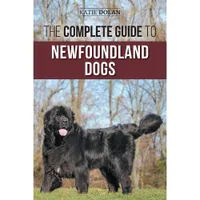Newfoundlands are big friendly giants with a great work ethic
Known to be wonderful workers, will the sweet-natured Newfoundland work for you?
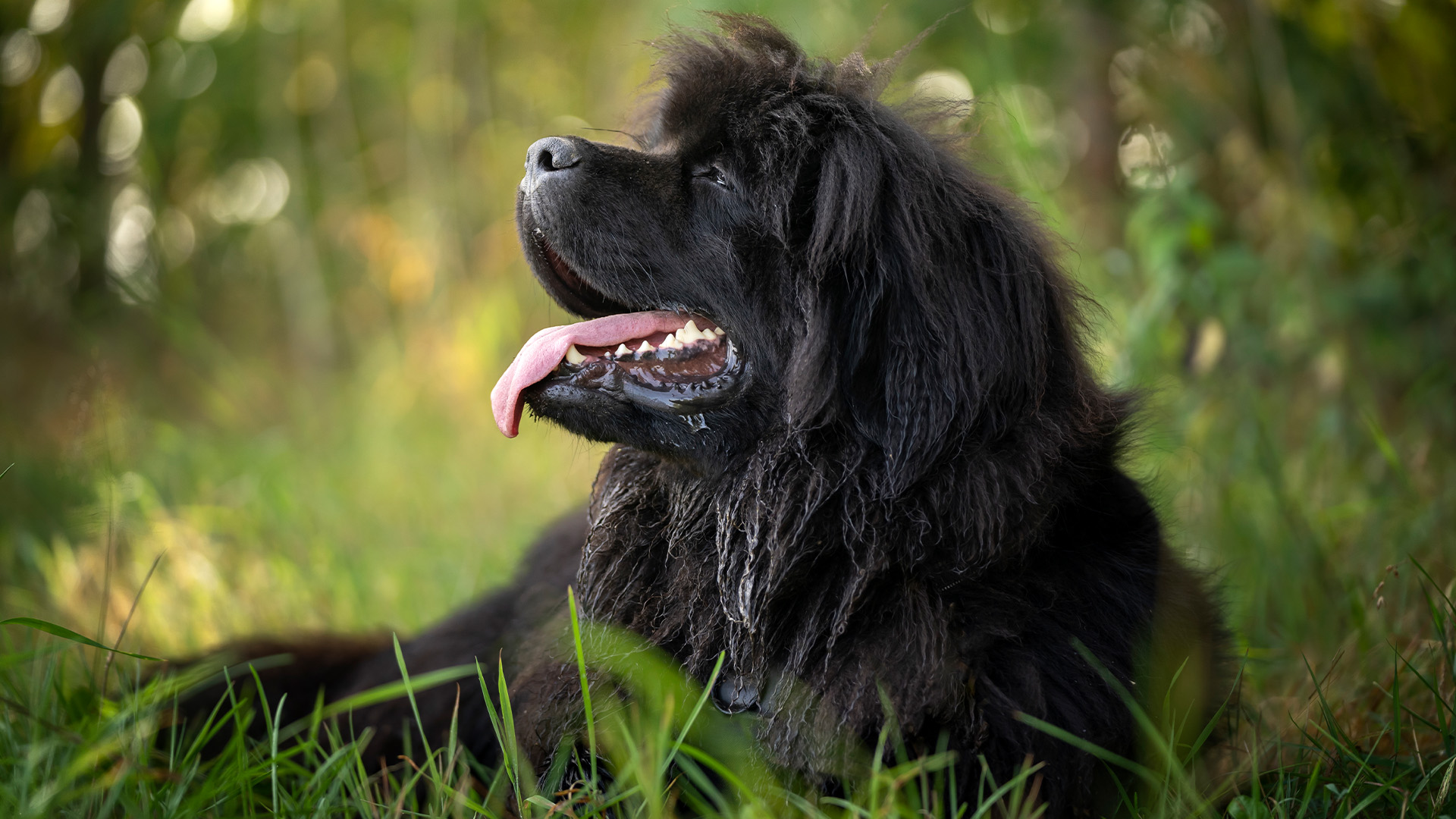
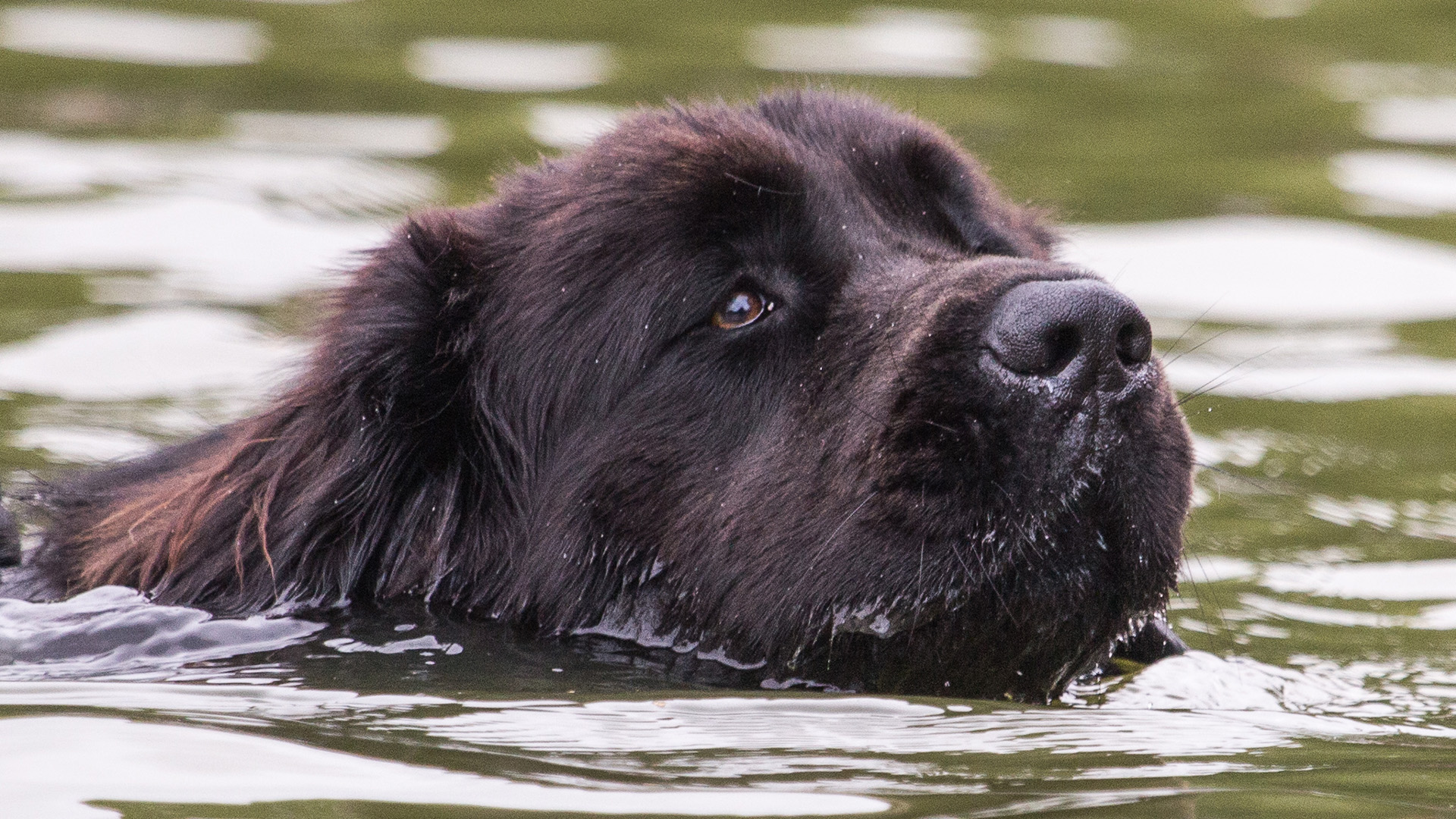
Life expectancy: 8–10 years
Size: 28 inches (male); 26 inches (female)
Coat: Double coat
Temperament: Gentle, good-tempered, affectionate, protective
Exercise needs: Around an hour daily
Origin/native country: Canada
Bred as a working dog to assist fishermen in north-east Canada, Newfoundlands have proven valuable in many other aspects of life. They’ve been put to work as water rescue dogs and have also been used as therapy dogs. They’re rather adept at drafting (pulling a cart) too, given their strength.
But will the many positive qualities of one of the largest dog breeds in the world work for you? In this guide, compiled with the assistance of expert vet Dr Rebecca MacMillan, we take a look at a Newfoundland’s suitability as a sensible pet, noting both their positive points and limitations. In doing so, we examine how much time and effort you’ll need to put in and whether they’re good with families.
How big do Newfoundlands get?
Newfoundlands are a giant breed of dog so you will need to ensure you have plenty of room for them to move around your home (and, ideally, a large home).
“Females typically reach 26 inches and 100–120 lbs in weight,” Dr MacMillan says. “Males are usually larger, reaching an average height of 28 inches and 130–150 lbs.”
Do Newfoundlands need a lot of exercise?
Although Newfoundlands enjoy pulling carts and swimming, their daily needs are not excessive.
“These dogs have moderate exercise requirements and require around an hour of exercise each day, depending on their age and health,” says Dr MacMillan.
That said, their stamina means they can go on for longer and they can prove to be an ideal companion to take on a hike or a long walk. As mentioned, Newfoundlands are also among the dog breeds that excel at swimming so you’ll enjoy watching them power through water thanks to their muscular build, broad shoulders, thick cold-resistant coat and webbed paws.
Get the best advice, tips and top tech for your beloved Pets
Don’t leave this breed outdoors all day, though, especially so when the weather is warm because those coats will cause them to swelter. You also need to take care when exercising a Newfoundland puppy to ensure their joints and bones don’t become damaged.

Are Newfoundlands easy to train?
Most people underestimate them, but Newfoundlands show above-average intelligence. It’ll take between 15–25 repetitions for them to learn and understand a new command and they’ll obey a first command 70% of the time, according to canine psychologist Stanley Coren in his book The Intelligence of Dogs.
“They are keen to learn and will pick up training relatively easily as long as you are consistent,” says Dr MacMillan. “But it is important to train your Newfie properly as no one wants a 140lb dog pulling them on the leash! Make sure you use a positive approach with plenty of treats and praise, as Newfies thrive on pleasing their owners.”
You may want to consider learning how to crate train a dog if you take on a Newfoundland. The breed is prone to separation anxiety because it forms a strong bond with human companions and a crate shows there can be a quiet, safe place for solitude.
Do Newfoundlands make good family pets?
As one of the most loyal dog breeds, Newfoundlands make great family dogs. They’re known to be calm and they very rarely show signs of aggression. In fact, these sweet-tempered nanny dogs won’t even bark unless they’re provoked, making them big softies at heart. It’s why they work well as therapy dogs and why they’re consider one of the best dogs for introverts. If you have children, you’ll likely have very few issues.
“These gentle giants are affectionate and love human company,” affirms Dr MacMillan. “With the right early socialization, these dogs will be great with children, but they may accidentally knock very little ones over due to their size. As with any dog breed, they should always be supervised around minors.”
If a Newfoundland does have behavioral problems, it’s going to be most likely due to them being poorly socialized and understimulated.
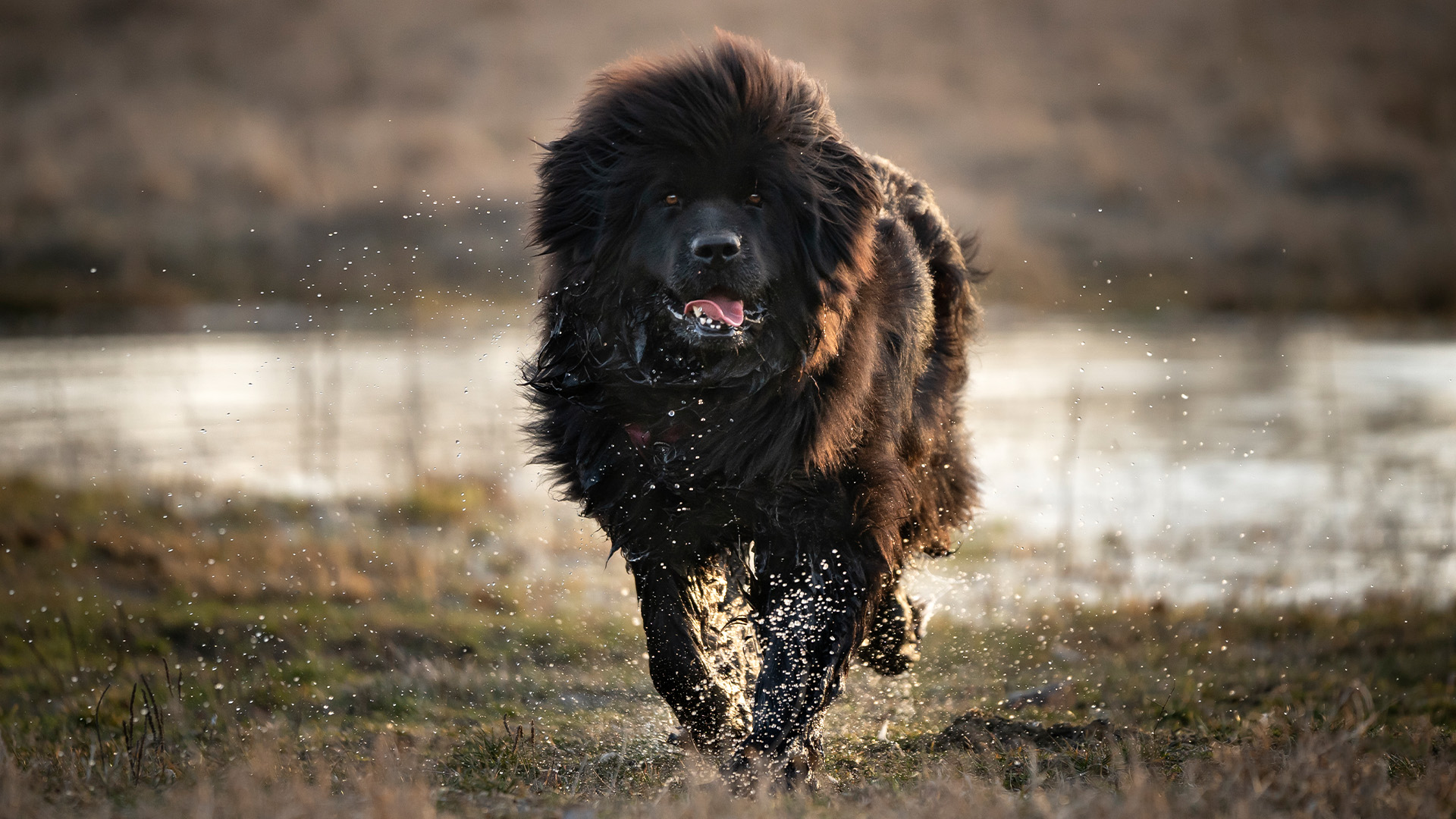
Do Newfoundlands need a lot of grooming?
The main problem with a Newfoundland is that they are among the biggest droolers so you will need to have a towel handy. You’re also going to have to give their heavy coat a regular brush otherwise you run the risk of their hair becoming matted. If you don’t keep on top of the hair, you’re going to have to get even more active with the best vacuum cleaners than you otherwise would.
“This breed will shed a lot so prepare for plenty of hair and slobber in your home,” says Dr MacMillan. “Newfoundlands have a thick double coat that sheds all year round and it needs regular brushing to keep tangles and mats at bay. Two or three times a week should be enough most of the time, but they could need daily brushing during heavy shedding periods.”
Wisdom Panel Breed Discovery DNA Kit | Amazon
Not sure exactly what breed your dog is? This kit screens for 365+ breeds – because knowing every detail about your dog helps you understand how best to care for them.
Common health problems in Newfoundlands
Newfoundland are a generally healthy breed but they are prone to the certain health conditions. These include gastric dilatation volvulus (GDV).
“This is where the stomach bloats and twists on itself,” Dr MacMillan says. “GDV is an emergency and needs immediate veterinary attention otherwise it could be fatal.”
As we’ve noted, giant breeds with thick coats don’t do well in warm weather either.
“They are more susceptible to heatstroke so I always urge owners to be very careful when exercising these dogs in warm weather,” Dr MacMillan adds.
What’s more, this breed is also prone to a congenital heart issue called subaortic stenosis, as well as dilated cardiomyopathy.
“Both conditions can cause a heart murmur, exercise intolerance, and collapse,” she says.
And Newfies frequently suffer from ectropion, a condition that causes the eyelids to roll outwards.
“This breed has characteristically droopy eyes, which can cause the eyelids to sag away from the eyeball,” Dr MacMillan continues. “This can lead to issues like dry eyes and bacterial infection.”
Should I get a Newfoundland?
If you have sufficient room for such a large breed and you’re after a dog that is loyal and gets on extremely well with children then, yes, definitely consider a Newfoundland.
This is a breed that can accompany you on many adventures and shower you with love and affection. You’ll also find Newfoundlands to be protective and that, accompanied by their large size, can be an asset if you’re looking for a dog that can also look out for the interests of your family and property.
Of course, if you want a more active, agile dog or if the sight of excessive drool and hair all over the furnishing brings you out into a cold sweat, steer clear.
The Complete Guide To Newfoundlands | Amazon
This book looks into everything Newfoundland and includes practical tips, tricks, and insights to help a new (or seasoned) Newfoundland owner.
Read next: More facts about Newfoundlands
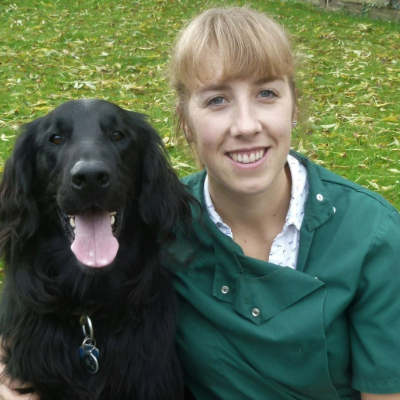
Rebecca is a veterinary surgeon who graduated in 2009 from the Royal Veterinary College in London. She has a wealth of experience in first opinion small animal practice, having done a mixture of day-to-day routine work, on-call emergency duties and managerial roles over the years. Rebecca enjoys medicine in particular and she is proud to have recently achieved a BSAVA postgraduate certificate in small animal medicine (with commendation).
She writes on various feline and canine topics, including behavior, nutrition, and health. Outside of work and writing she enjoys walking her own dog, spending time with her young family and baking!
Edited by Georgia Guerin.
This feature was last updated in June 2025.

David Crookes has been a journalist for almost 30 years and he has written for a host of magazines, newspapers, websites and books including the World of Animals Annual, BBC Earth, Live Science, The Independent and Tom’s Guide.
Born in England, he lives with two cats but he’s also keenly interested in the differences between the huge number of dog breeds – in fact, you can read many of his breed guides that he’s written in collaboration with vets here on PetsRadar.
With a lifelong passion for technology, too, he’s always on the lookout for useful devices that will allow people to keep their pets happier and healthier, and provide them more time to spend together.
David has a degree from Durham University, as well as postgraduate diploma in journalism from the University of Central Lancashire.

